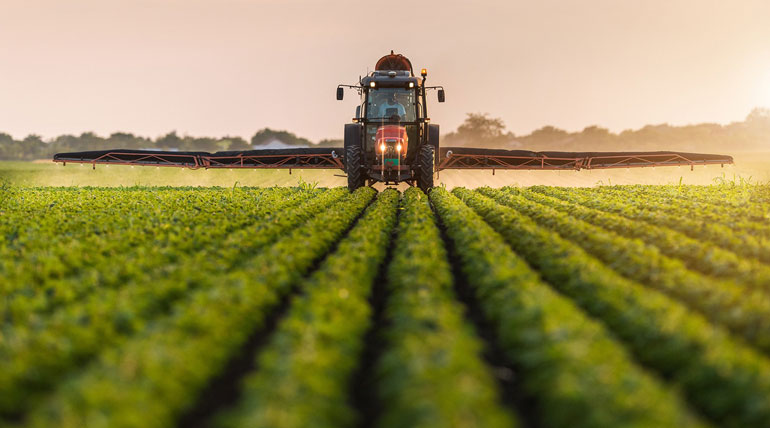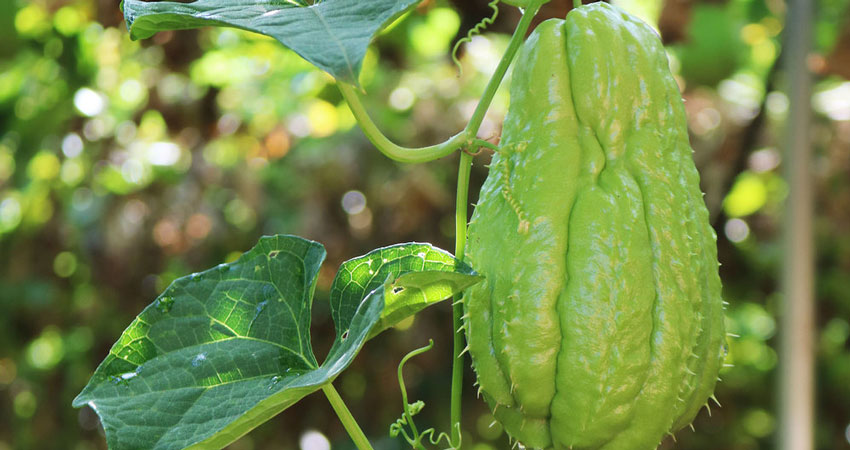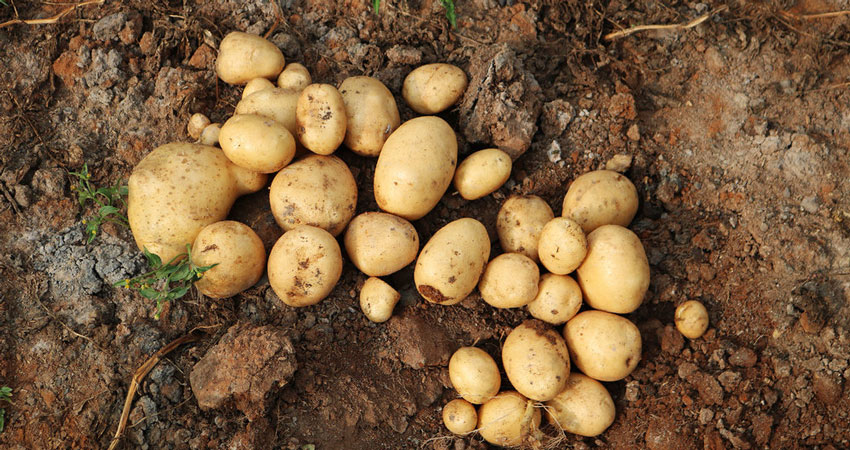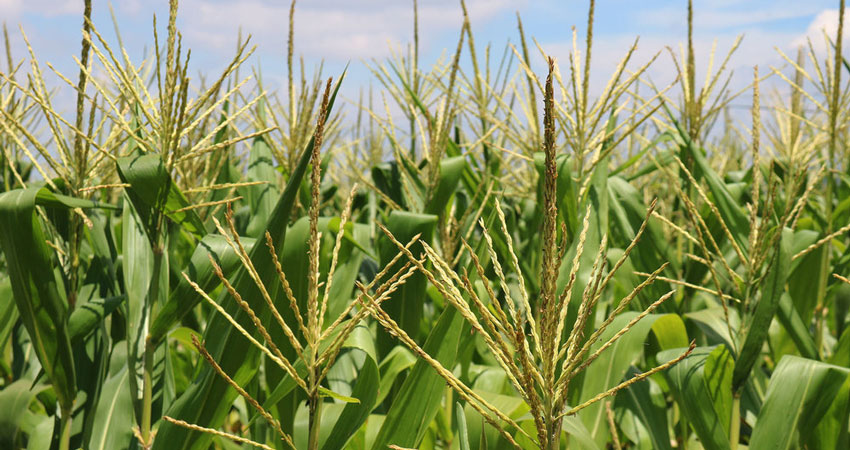
Fresh Vegetables
What do you look for when buying fresh vegetables and where can you purchase fresh vegetables? One of the places Michigan State University Extension recommends shopping for fresh vegetables is farmers market. Farmers markets provide an opportunity for consumers to purchase locally grown vegetables, but what if they have not reached their peak or if they have passed their peak?




What Are Dairy Products?
Selecting the freshest fruits and veggies is the first step to getting the longest storage life in your kitchen. Leafy greens should be “richly colored” and without “any limp or yellowing leaves” (which signal that they’re past their prime). When you are choosing root vegetables, cabbages, squash, and onions. If you rely on grocery delivery, you don’t have as much control over the quality of your produce. However, selecting certain types of produce can buy you more longevity. But first, a primer on how to think about storing it all.
Seasonal Vegetables
onions, potatoes, asparagus, greens, lettuce, peas, radishes, spinach and turnips
beans, beets, broccoli, carrots, cauliflower, cucumbers, zucchini, summer squash and corn
beans, beets, broccoli, carrots, cauliflower, cucumbers, zucchini, summer squash, cabbage, corn, onions, potatoes, pumpkins, eggplant, brussel sprouts, parsnips, peppers, rutabagas, acorn and butternut squash, tomatoes and turnips
brussel sprouts, celery, onions, potatoes, rutabagas, squash (butternut, acorn) turnips




